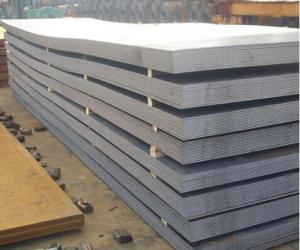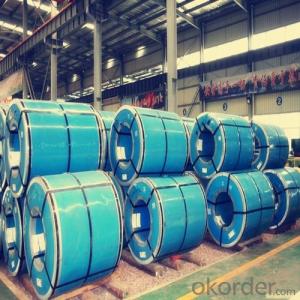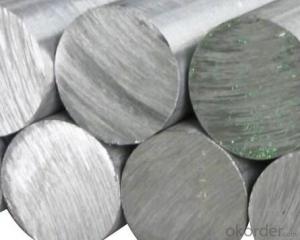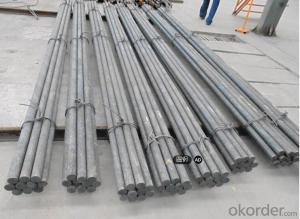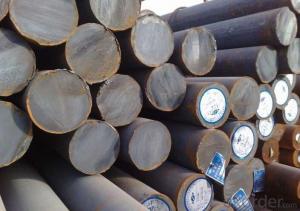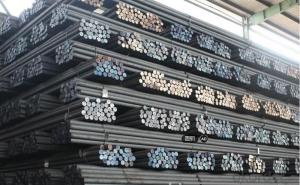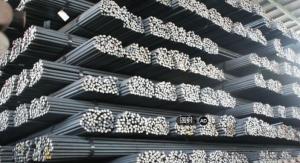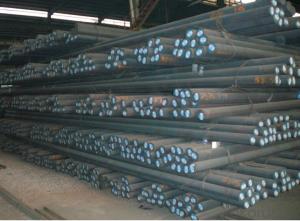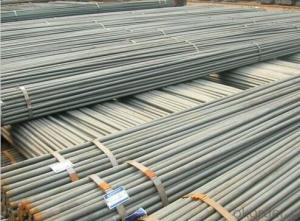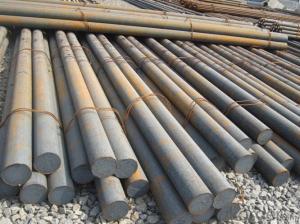Stainless Steel Grade
Stainless Steel Grade Related Searches
Best Paint For Stainless Steel Paint For Galvanized Steel Steel Frames For Furniture Self Tapping Screws For Steel Surface Grinding Wheels For Hardened Steel Hole Saw For Stainless Steel Paint For Stainless Steel Stainless Steel For Bbq Step Bit For Stainless Steel Sponge For Stainless SteelHot Searches
Used Foam Board Insulation For Sale Magnesium Oxide Board For Sale Hdf Board For Sale sintra board for sale High Mast Light Price List Solar High Mast Light Specification Gypsum Board Price Per Sheet In India High Mast Light Specification High Density Mdf Board Suppliers 5 8 Type X Gypsum Board Price Stage Light Price Solar Inverter Fault Light Polyurethane Insulation Board Price Mdf Price Per Sheet Pre Laminated Board Price List 4Mm Mdf Sheet 1220X2440Mm Price Led Light Manufacturers Solar Inverter Pcb Board 6Mm Mdf Board Price 18Mm Ply Board PriceStainless Steel Grade Supplier & Manufacturer from China
Okorder.com is a professional Stainless Steel Grade supplier & manufacturer, offers integrated one-stop services including real-time quoting and online cargo tracking. We are funded by CNBM Group, a Fortune 500 enterprise and the largest Stainless Steel Grade firm in China.Hot Products
FAQ
- Casting special steel can pose several challenges due to its unique properties and composition. Some of the common challenges in casting special steel include: 1. High melting point: Special steels often have higher melting points compared to regular carbon steels. This requires the use of specialized equipment and techniques to achieve the required temperature for casting. 2. Alloying elements: Special steels often contain alloying elements such as chromium, nickel, molybdenum, or vanadium. These elements enhance the steel's properties but can also increase the complexity of the casting process. Proper control and understanding of the alloying elements are necessary to ensure the desired mechanical properties in the final product. 3. Oxidation and decarburization: During the casting process, special steel can be susceptible to oxidation and decarburization. The high temperatures and exposure to oxygen can result in surface defects and loss of carbon content, which can compromise the steel's strength and hardness. Careful control of the casting parameters, such as atmosphere and mold design, is necessary to minimize these issues. 4. Shrinkage and porosity: Special steels often have a higher shrinkage rate during solidification compared to regular steels. This can result in shrinkage defects and porosity within the castings. Proper gating and riser design, as well as the use of suitable feeding systems, are crucial to mitigate these issues and ensure sound castings. 5. Thermal stresses: Special steels may exhibit higher thermal expansion coefficients, which can lead to significant thermal stresses during the cooling and solidification process. These stresses can cause cracking and distortion in the castings. Proper design considerations, such as the use of chills or controlled cooling techniques, are essential to minimize thermal stress and maintain dimensional stability. 6. Machinability: Special steels, particularly those with high alloy content, can be challenging to machine due to their hardness and toughness. Casting defects such as inclusions, segregations, or non-uniform microstructure can further complicate the machining process. Proper selection of cutting tools and machining parameters is necessary to achieve the desired dimensional accuracy and surface finish. In summary, casting special steel presents several challenges related to high melting points, alloying elements, oxidation, shrinkage, porosity, thermal stresses, and machinability. Overcoming these challenges requires a thorough understanding of the material properties, precise process control, and the implementation of appropriate casting techniques.
- Electrical steel, also known as silicon steel, plays a crucial role in the production of transformers and motors. Its unique magnetic properties, such as high permeability and low core loss, allow for efficient energy transfer and reduced power losses. This material is specifically designed to enhance magnetic induction and minimize eddy currents, ensuring optimal performance in electrical machines. By using electrical steel in the core of transformers and motors, manufacturers can increase energy efficiency, improve power transmission, and reduce overall operational costs.
- Yes, special steel can be used in the oil and gas equipment manufacturing industry. Special steel, such as stainless steel or alloy steel, offers high strength, corrosion resistance, and durability, making it suitable for various applications in the oil and gas sector. It is commonly used in the manufacturing of pipes, valves, fittings, and other critical components that can withstand harsh operating conditions and prevent leakage or failure.
- Yes, special steel can be used in the chemical industry. Special steel is often chosen for its resistance to corrosion, high temperature stability, and strength, making it suitable for various applications in the chemical industry such as storage tanks, pipelines, and equipment used in the manufacturing of chemicals.
- Special steel contributes to the aerospace industry by providing excellent strength, durability, and high-temperature resistance. It is crucial in manufacturing aircraft components such as engine parts, landing gear, and structural elements. Special steel's unique properties enable lighter and more fuel-efficient aircraft, enhancing performance and reducing maintenance costs. Additionally, its corrosion resistance ensures the longevity and safety of aerospace structures, making it an essential material in the industry.
- Wear-resistant steel is commonly used in mining equipment to increase its durability and prolong its lifespan. It is utilized in various components such as buckets, blades, and hammers, which are subjected to intense abrasion and impact during mining operations. By incorporating wear-resistant steel, these equipment parts can withstand the harsh conditions and abrasive materials encountered in mining, reducing the need for frequent repairs or replacements and ensuring continuous productivity.
- The cutting tools commonly used for machining special steel include carbide inserts, high-speed steel (HSS) drills, end mills, and broaches. These tools are specifically designed to withstand the high temperatures and hardness of special steels, ensuring precise and efficient cutting operations.
- High-strength tool steel possesses excellent hardness, wear resistance, and toughness. It has the ability to retain its sharpness, withstand high temperatures, and resist deformation. This type of steel is also known for its high strength-to-weight ratio, making it ideal for heavy-duty applications in industries such as manufacturing and construction.























